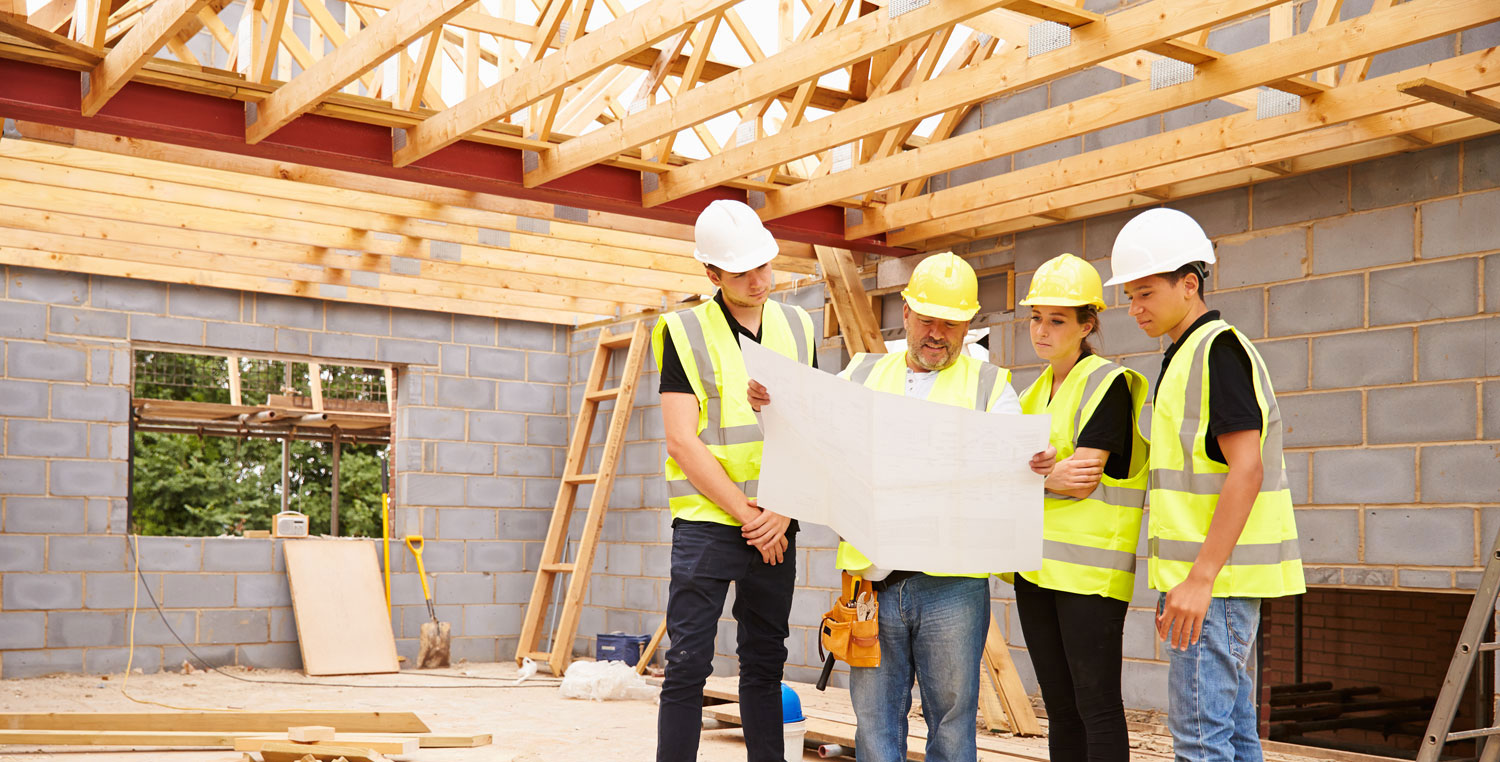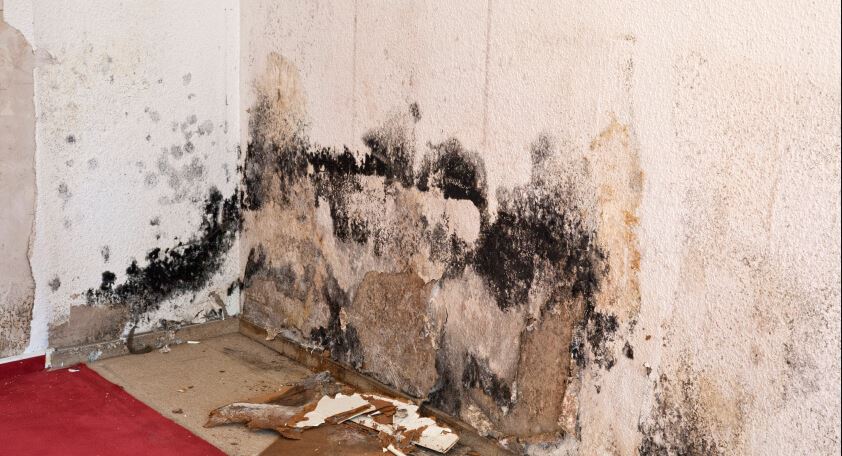With this weekends weather warning, flooding, water damage and potential mould growth are a big concern in Victoria. Early identification and remediation are essential.
It is noted in ‘WHO Guidelines for Indoor Air Quality: Dampness and Mould’ persistent dampness within buildings may lead to adverse health effects, including respiratory health effects such as cough/wheeze, asthma and respiratory infections. Indicators of dampness and microbial growth include visible mould, perceived mould odour and a history of water damage or leak (WHO, 2009).
Provided there is a supply of moisture and the environmental conditions are suitable, mould can multiply beyond normal levels. The cycle may continue indefinitely under suitable conditions, or until either nutrients or moisture become limiting.
Human exposure to microbial growth may occur by inhalation, physical contact or ingestion.
Where visible mould growth has been noted, use of a specialist contractor trained and competent in the rectification and containment of mould spores should be considered. Specialist contractors must have appropriate work methodologies that limit the risk of worker exposure and secondary contamination during the disturbance and removal of mould effected materials. Use of specialist contractors may also reduce the likelihood of health or comfort complaints from building users and potential future cost implications.
- Water damage – water ingress caused by building faults, flooding or rising damp are always inconvenient, but in some cases, can be devastating. To minimise on-going impact of water ingress inside a property, it is recommended that the areas are fully and appropriately dried as quickly as possible to prevent mould growth. This may in some cases include the safe removal and disposal of wetted absorbent materials such as plasterboard, soft furnishings including carpets, or stored items. Contact BB Risk Solutions for more information or to book an inspection so we can assist you with taking appropriate and timely action to limit costs and health risks in the future.
- Mould – Our experience is that the visible mould we see start to appear on the internal walls or ceiling linings of a home, accounts for only a small fraction of the total problem. Mould inspections should include safe inspection of wall and ceiling cavities. Intrusive inspections often require extensive damage to the property, including removal of walls and ceilings, at BB Risk Solutions we can provide innovative solutions which allow for inspection of hard to access areas, whilst limiting the damage required to your home.
- Asbestos – Flooding, water damage and mould can affect asbestos containing materials, as such it is important to inspect areas for asbestos prior to remediation works. Asbestos containing materials are common in properties constructed during the 1960s and 70s, with asbestos being present in many different types of building products… not just cement sheet! As such Australian homes and workplaces have an asbestos legacy issue that needs to be managed safely. It is possible that any home constructed prior to the national asbestos ban coming into place on 31 December 2013 may contain asbestos materials. BB Risk Solutions Consultants are trained and competent in the inspection and safe management of asbestos. http://www.bbrisksolutions.com.au/2017/10/31/asbestos-home-renovations/
How can BB Risk Solutions help?
Our team of trained and competent surveyors can assist home buyers, renovators, landlords and body corporates with identification, quantification and tailor-made safe management solutions based on individuals budget and timeline constraints.
Contact BB Risk Solutions for more information or to book an inspection so we can assist you with taking appropriate and timely action to limit costs and health risks in the future.
For more information or to arrange an inspection by one of our trained and competent surveyors, please call 03 852 814 05 or visit our website www.bbrisksolutions.com.au


